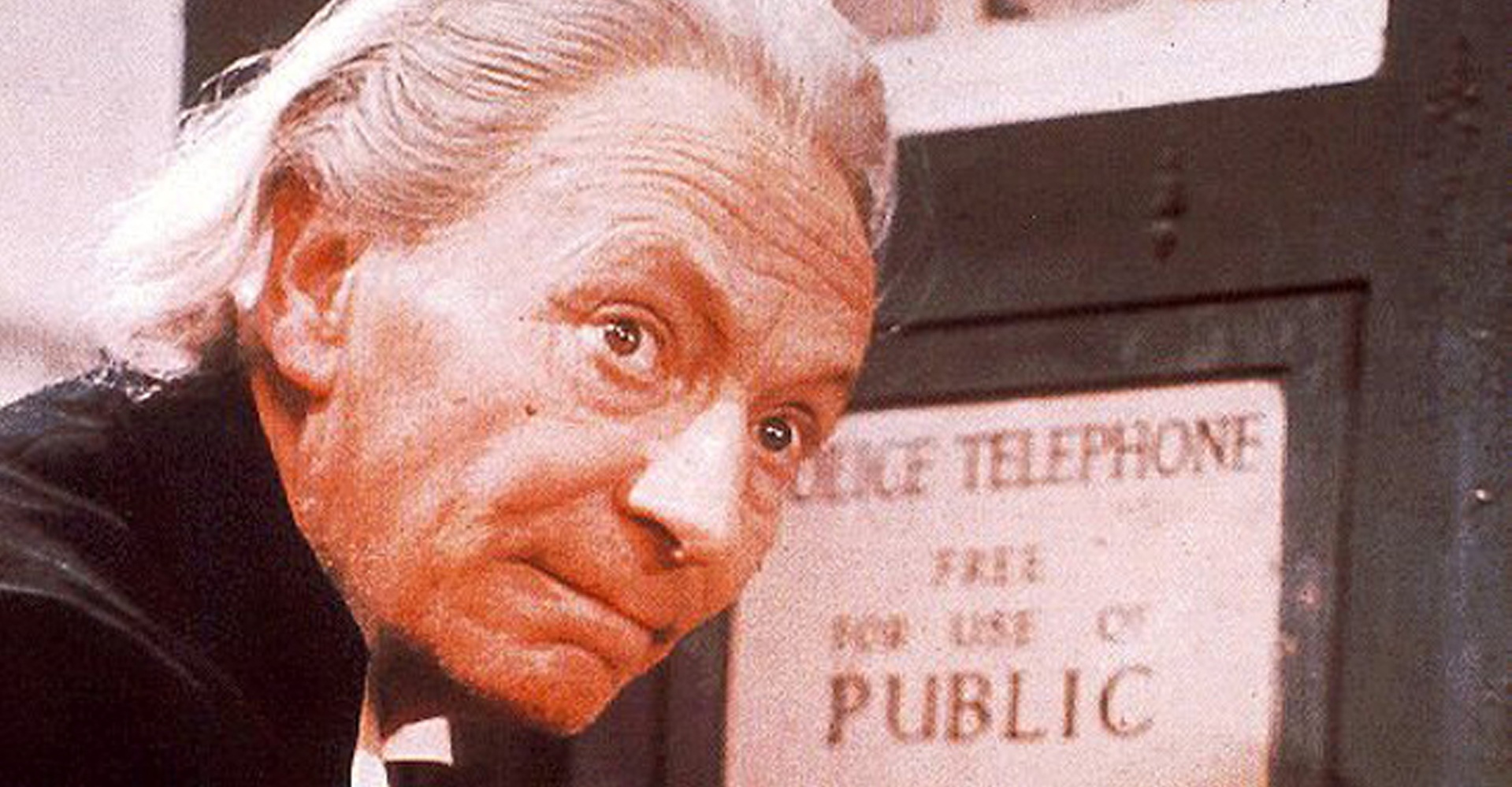
November 24, 2013, by Stephen Mumford
Fictional Worlds
If you watch any Doctor Who episode from the classic series, you might well wonder what all the fuss is about. Some were better than others but there are undoubted moments of mediocrity to be found. Occasionally it was downright awful. Yet the series celebrates its 50th anniversary this weekend and has been lauded throughout the country and beyond. I think quite rightly so. We have to view the series as a whole, rather than pick out individual episodes: and what we then see is a universe with a cast of thousands, a developing narrative and a decades-spanning continuity.
An entire fictional world has been created through the cooperation of many producers, directors, writers and actors: effectively a 50-year collaboration to tell a single, on-going story. And while it’s a fantastic story, we can believe in it even though we don’t believe it. The fantasy is attractive, certainly, but it is the sense of it being a whole, inhabitable world that particularly captures our imagination and allows us to think what place we could occupy in that world.
There are some literary precedents for fictional worlds. Conan Doyle’s Sherlock Holmes stories had a serial-like quality with recurring characters and a sense of continuity. One might also think of Walter Scott’s Waverley novels, Dickens’s Pickwick Papers, published in serial form, and Thomas Hardy’s books set in the semi-fictional Wessex. But these were works of single authors, restricted by the imagination, energy and mortality of solitary individuals. The involvement of many hands working together allows creation of a possible world on a vast scale.
As well as Doctor Who, two other large fictional worlds that come to mind are to be found in The Simpsons and in the Marvel universe. The Simpsons began in 1989 and is now in its 25th season with a cast of hundreds. One has to suspend disbelief over some matters – the family doesn’t age, for instance – but the recurring characters and settings make it feel like a complete world. The fictional town of Springfield has well-known landmarks and a history. The Marvel universe is even bigger. To many it is known through the modern movie franchises but the universe goes back at least to Fantastic Four no.1 in 1961. Editor-writer Stan Lee and artist Jack Kirby worked on a number of separate titles and hit upon the idea of them all taking place in a shared universe, which could be reinforced by characters making guest appearances in each other’s titles. Again, suspension of disbelief is required – in this universe there are superpowers – but it was nevertheless a credible world because of its attention to continuity. There are now estimates that the universe incorporates around 40,000 comic books. We can think of it as a single serial story in forty thousand parts.
We have a particular fascination with other possible worlds. Usually they are regarded as pure fictions but from time to time their concrete reality is proposed and taken seriously by academics. In philosophy, David Lewis has become famous for suggesting that there is a plurality of uncountably many other worlds, all as real as ours, but each containing different possibilities. And in Quantum Mechanics, Hugh Everett’s many-worlds interpretation was taken seriously, in which all possible histories and futures are accepted as real.
I’ve never seen a compelling reason to accept more than one world as real. And I believe that ours is that real world. All others are fictions. Of course, even the idea that we inhabit a fictional world in the imagination of an author is an intriguing scenario to consider. The imagination is a wondrous thing indeed, which I will continue to enjoy.

Update: my wife has asked me to add that the success of soap operas is founded on a similar basis. Weatherfield, Walford and Ambridge have come alive through long-running series. To their watchers and listeners, these worlds are habitable.
NIce post – thanks
After reading this post, and the earlier one True Stories (3rd Nov), it occurred to me that these thoughts might be linked to religious belief. Unlike in the past many of us today find difficulty in accepting the ‘stories’ of religion as in any way believable. Perhaps, however, some progress is possible by following up your comment that the ‘abstract truths of fiction [presumably including scripture] are often far more important to us than the concrete truths of fact’. Also, in observing the lives of religious friends and relations it does seem that they might often be occupying a fictional world. The question is does that matter and why do we, and they, set so much store by an apparent need for establishing factual truth?